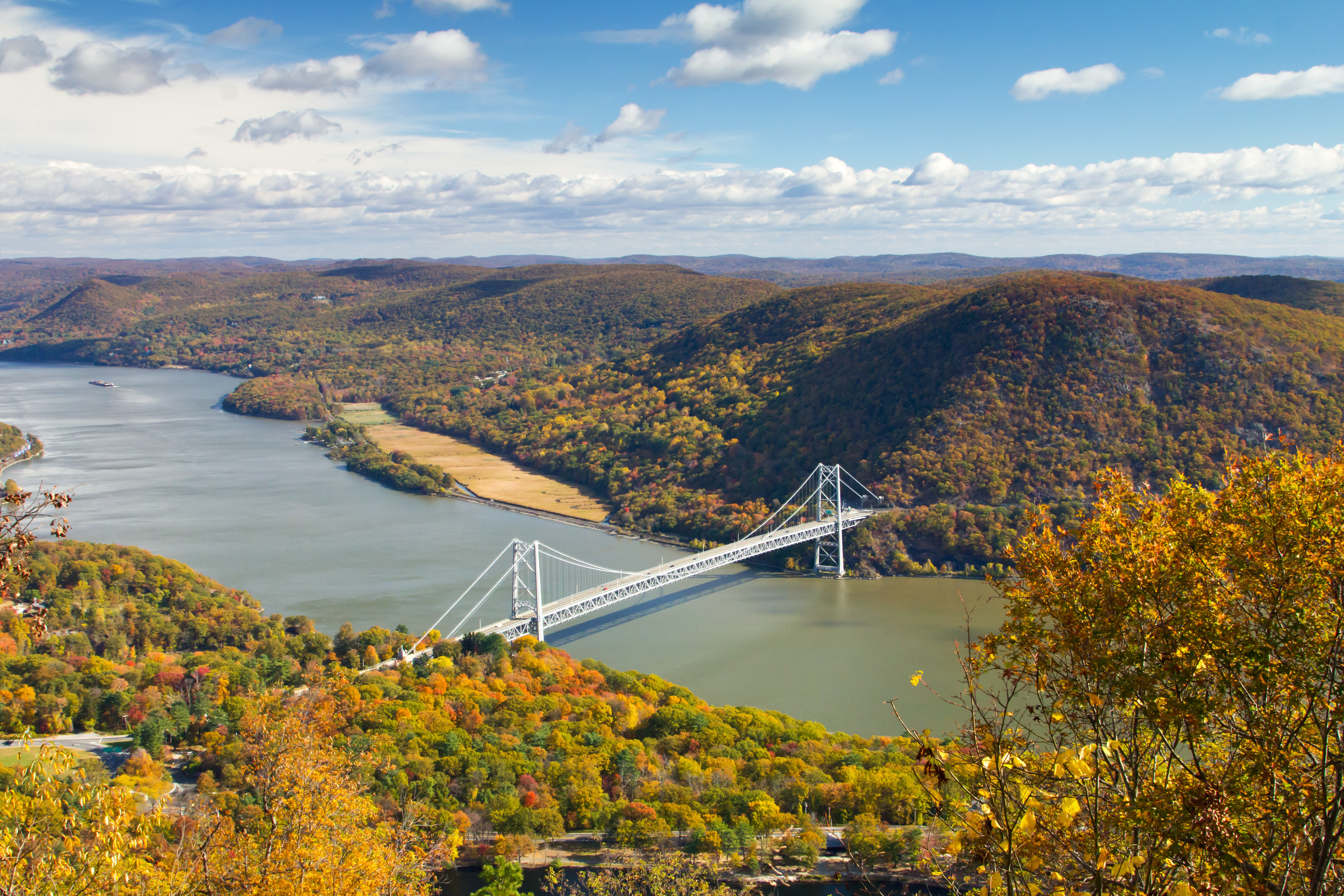Case study
Scenario planning in the Hudson River Estuary watershed

In 2008, The Nature Conservancy worked with communities in the Hudson River Estuary watershed, USA, with the aim of preparing for the impacts of climate change. In a series of workshops over the course of 18 months, more than 160 stakeholders were consulted, including railroad executives, utility companies, the insurance industry, emergency and health groups, planners and conservation leaders. They identified and discussed important drivers (e.g. land-use trends, the political climate) and key uncertainties around those drivers (e.g. will there be strong ‘top-down’ political support for climate change adaptation?). By manipulating these uncertainties and trends, they created four plausible scenarios, which were described using suggestive titles and narrative details. The feasibility of different policies or response options (e.g. changing the requirements for new storm water permits) could then be evaluated, in terms of both the likelihood that they would be adopted in each scenario and how they would perform in each scenario. The ‘top performing’ options were those that scored relatively highly across the four scenarios.